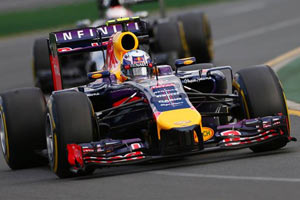How do you want to preload the tea tray properly if it's very flexible? It would be visibly bent...
I still don't understand why they have the stay. It looks too flimsy to carry any compressive force higher than a couple of Newtons. It must be that the tea tray itself is stiff enough to pass the FIA tests. But then why include a vertical stay at all instead of just leaving it out? What is the real function of this stay? I am still puzzled.

To thicken the plot, here's the article that describes the T-tray deflection test:
3.17.5 Bodywork may deflect no more than 5mm vertically when a 2000N load is applied vertically to it at three different points which lie on the car centre line and 100mm either side of it. Each of these loads will be applied in an upward direction at a point 380mm rearward of the front wheel centre line using a 50mm diameter ram in the two outer locations and a 70mm diameter ram on the car centre line.
Stays or structures between the front of the bodywork lying on the reference plane and the survival cell may be present for this test, provided they are completely rigid and have no system or mechanism which allows non-linear deflection during any part of the test.
Furthermore, the bodywork being tested in this area may not include any component which is capable of allowing more than the permitted amount of deflection under the test load (including any linear deflection above the test load), such components could include, but are not limited to:
a) Joints, bearings pivots or any other form of articulation.
b) Dampers, hydraulics or any form of time dependent component or structure.
c) Buckling members or any component or design which may have any non-linear characteristics.
d) Any parts which may systematically or routinely exhibit permanent deformation.
I don't want to start polemics with this question, I seek a rational answer: how is this buckling thing (as shown in MattSomers' blog) NOT illegal?


